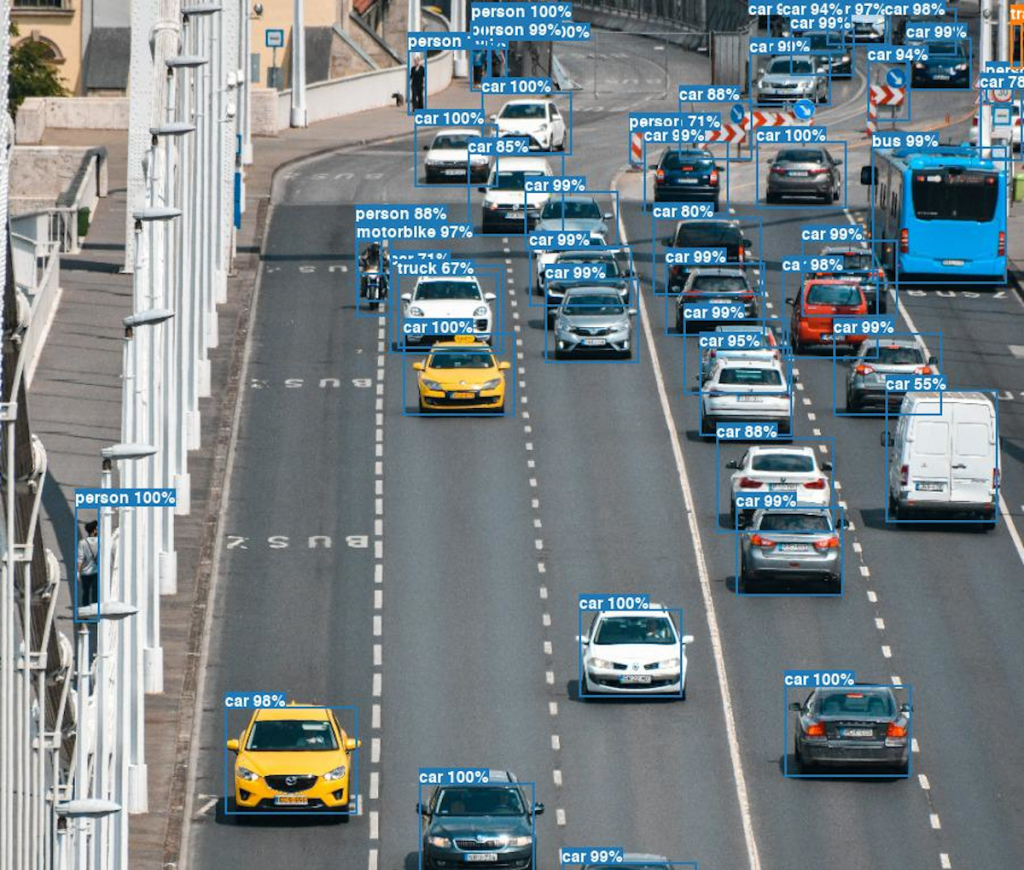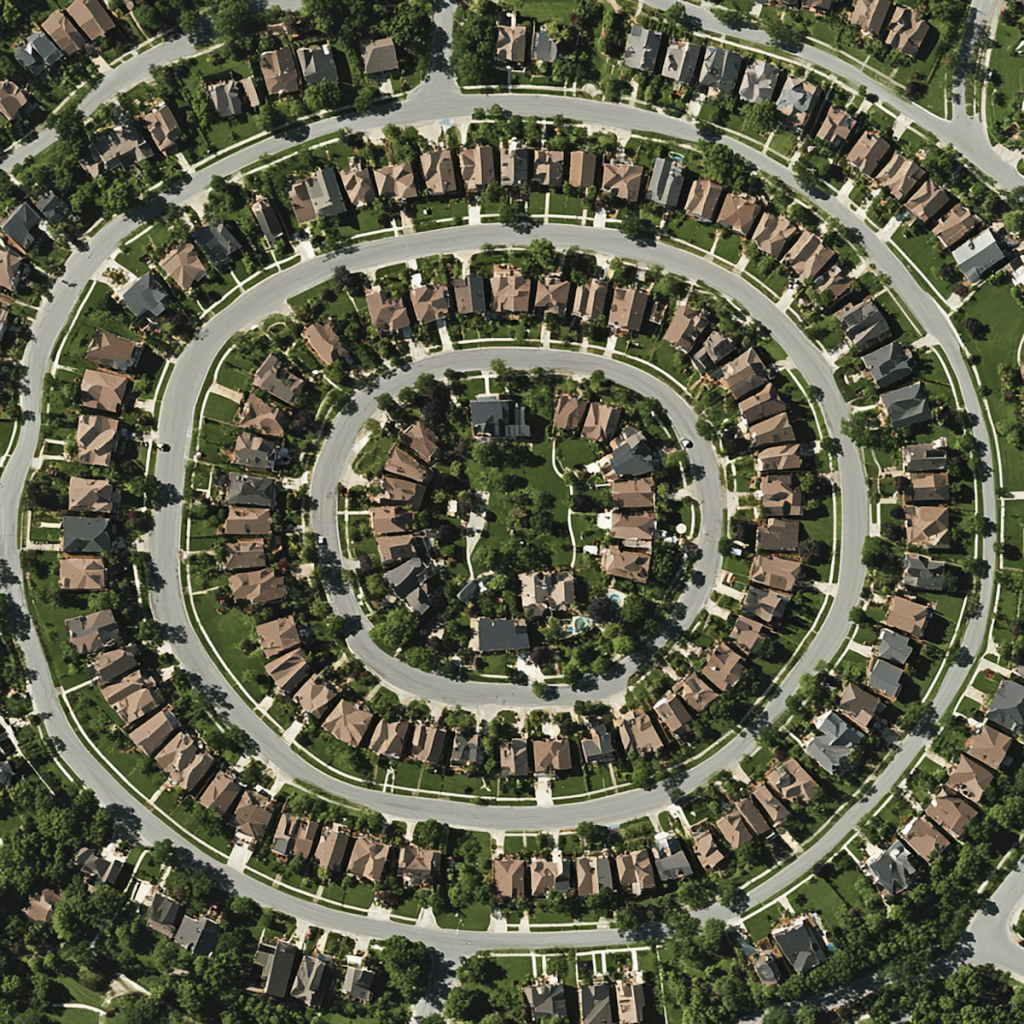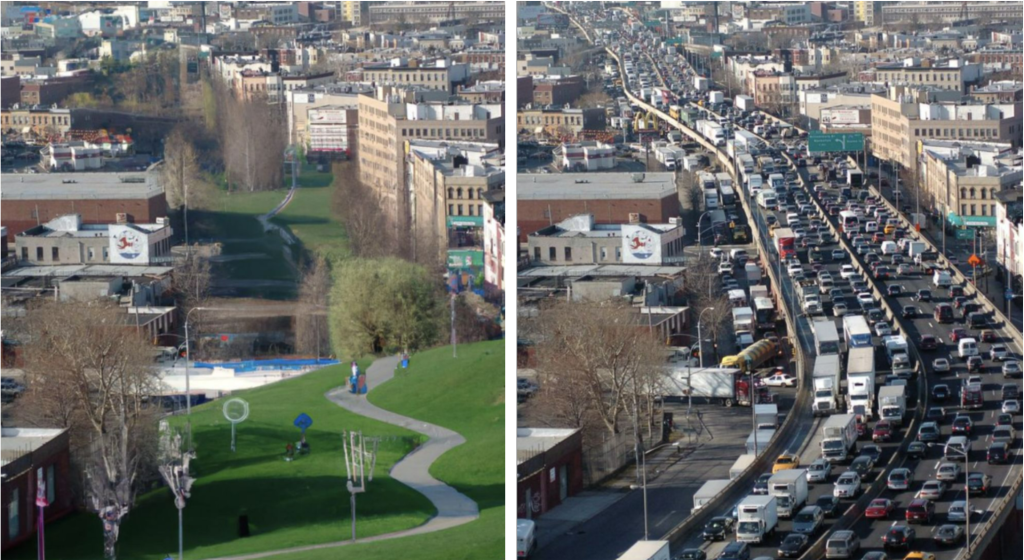It’s no longer a question of whether AI will shape planning, but how. That how is up to us.

This column is the first in a new Planetizen exclusive monthly series by planner and AI expert Tom Sanchez, exploring AI in planning. Learn more about Tom here.
Urban planning is entering a new era, one shaped not only by policy, people, and place but increasingly by algorithms, automation, and artificial intelligence (AI). For many planners, AI might still feel like something on the periphery of professional practice — complex, abstract, or confined to tech and data nerds. But the reality is different. AI is already here. It is shaping how we design transportation systems, assess environmental impacts, forecast housing demand, and engage communities. The question is no longer whether planners will work with AI, but how?
This new column will focus on that how. Each month, I will be exploring the practical, professional, and ethical implications of AI in urban planning. This includes looking at what AI can do, where it is already being used, what risks it presents, and how planners can ensure that its use serves the public good. It is understandable that AI can feel intimidating or even scary to many planners. This column will help explain AI in practical terms and show how it can become a useful and manageable part of planning practice.
My interests in planning and technology began in the graduate planning program at Cal Poly, San Luis Obispo, in the early 1980s, during the days of diskettes and monochrome displays. After graduating, I couldn't find a job that combined computers and planning, so I worked for a large accounting firm and then a real estate developer, where I did computer consulting and financial analysis. Years later, when I started my Ph.D. in planning at Georgia Tech, GIS was gaining momentum and attention in planning, although data was still a bit hard to come by. Storage and processing power were limited, but that would quickly change, as well as the profound impact of the “World Wide Web” as it was generally referred to. To say the changes over the past 30 years have been dramatic is quite the understatement.
I also understand that ongoing changes as they pertain to AI represent a frightening future to many people, inside and outside of planning. This will be an important and underlying theme to be addressed in this column.
So, before we dive into the deep end, let's lay out some of the basics of why urban planners can't ignore the coming AI revolution. In my mind, there are four key reasons.

1. Planning already relies on AI
Urban planning has long been a field reliant on extensive data analysis, from demographic studies to transit usage patterns. AI tools enhance planners’ abilities to interpret vast datasets efficiently, and they have for some time now. The main change happening now is that sophistication and integration have grown dramatically.
For example, in New York City, the Department of Transportation (NYC DOT) has partnered with the AI company Blyncsy to use computer vision and machine learning to monitor crosswalk conditions. The initiative analyzes imagery from crowd-sourced dash cameras to evaluate crosswalk visibility and wear, helping the city prioritize maintenance efforts and enhance pedestrian safety. The project, currently underway, may expand further by deploying additional cameras on city maintenance vehicles.
Large language models (LLMs), notably ChatGPT, have started transforming public participation practices. These tools can quickly analyze and summarize extensive public feedback, draft detailed planning documents, and provide multilingual communication, dramatically expanding planners’ outreach capabilities. Municipalities from Seattle to Sydney are exploring such AI-driven participation models to increase engagement and streamline administrative processes. As these tools continue to evolve, LLMs have the potential to play a central role in making public involvement more inclusive and responsive. Their real value, however, will depend on how effectively they help planners engage and empower communities that have historically been left out of the process.

2. You’re a critical player in shaping AI’s impact
Despite AI’s potential, while powerful, it is not magical. AI does not replace human judgment, but rather supplements planners by offering deeper insights, identifying unseen patterns, and evaluating complex scenarios. Its capabilities must be carefully managed, which means that planners are not rendered irrelevant by it, but rather, they are key to its success and to keeping it in check.
For example, planners must work diligently with AI’s capabilities to avoid perpetuating biases inherent in historical data. Predictive policing software used in cities like Los Angeles, for instance, has raised concerns over reinforcing systemic inequalities. Given that AI is already in use and is not expected to slow down anytime soon, planners must gain the skills needed to maintain active oversight, embedding equity, fairness, and transparency into AI deployment. Urban planners’ involvement is essential, not merely as users of AI but as ethical stewards and policymakers influencing how these technologies evolve and serve diverse communities.


3. AI is a recent continuation of a long evolution
Just as we moved from hand-drawn maps to GIS or from windshield surveys to computer vision, we are now entering a phase where AI can be used to extend our capabilities as well as the possibilities. Think of AI as the next evolution of the planner’s toolkit.
The main thing that sets this shift apart is the degree of autonomy and complexity involved, which raises important questions about transparency and trust in decision-making processes. Local governments adopting AI report tangible impacts such as improved responsiveness to citizen concerns, increased accuracy in forecasting urban growth, and enhanced capabilities for real-time environmental monitoring. These benefits require planners to develop not only technical literacy but also the strategic and ethical frameworks necessary to evaluate AI-driven outcomes effectively, just like we needed to adapt planning systems to accommodate technological advancements in the past.

4. Every planner can use and shape AI — and if we don’t, others will for us
You do not need to know how to code or have a degree in computer science to engage with AI. What you do need is curiosity and a willingness to learn. AI literacy is quickly becoming as essential to planning as understanding budgets, zoning, or community engagement. If planners do not participate in decisions about how AI is used, others will. And those decisions may not reflect the values and insights that planning professionals bring to the table.
Planners offer something uniquely important to the AI conversation. We have a long-term perspective, a commitment to public participation, and a deep understanding of how policy, infrastructure, and daily life intersect. These strengths are exactly what is needed to ensure that AI supports equitable and inclusive urban futures.
I invite every planner to follow this column each month, and to offer your feedback, ask questions and share your own experiences. I would love to hear about how you are currently using AI, the challenges you are facing, and the ideas you would like to explore. If you have a question that you would like answered, please email [email protected] with “AI question for Tom Sanchez” in the subject line. Let’s learn together how to put AI to work in ways that truly serve our communities.
Tom Sanchez, PhD, AICP, is a Professor in the Department of Landscape Architecture and Urban Planning at Texas A&M University. His research and teaching focus on planning methods, technology, and transportation. He authored APA’s PAS Report 604, Planning With Artificial Intelligence, and his forthcoming book, AI for Urban Planning, will be published by Routledge in October 2025. Sanchez chairs the American Planning Association (APA) Education Committee and is a member of APA’s Artificial Intelligence (AI) Foresight Community.

Planetizen Federal Action Tracker
A weekly monitor of how Trump’s orders and actions are impacting planners and planning in America.

Congressman Proposes Bill to Rename DC Metro “Trump Train”
The Make Autorail Great Again Act would withhold federal funding to the system until the Washington Metropolitan Area Transit Authority (WMATA), rebrands as the Washington Metropolitan Authority for Greater Access (WMAGA).

DARTSpace Platform Streamlines Dallas TOD Application Process
The Dallas transit agency hopes a shorter permitting timeline will boost transit-oriented development around rail stations.

Supreme Court Ruling in Pipeline Case Guts Federal Environmental Law
The decision limits the scope of a federal law that mandates extensive environmental impact reviews of energy, infrastructure, and transportation projects.

Texas State Bills to Defund Dallas Transit Die
DART would have seen a 30% service cut, $230M annual losses had the bills survived.

Bikeshare for the Win: Team Pedals to London Cricket Match, Beats Rivals Stuck in Traffic
While their opponents sat in gridlock, England's national cricket team hopped Lime bikes, riding to a 3-0 victory.
Urban Design for Planners 1: Software Tools
This six-course series explores essential urban design concepts using open source software and equips planners with the tools they need to participate fully in the urban design process.
Planning for Universal Design
Learn the tools for implementing Universal Design in planning regulations.
Roanoke Valley-Alleghany Regional Commission
City of Mt Shasta
City of Camden Redevelopment Agency
City of Astoria
Transportation Research & Education Center (TREC) at Portland State University
US High Speed Rail Association
City of Camden Redevelopment Agency
Municipality of Princeton (NJ)





























